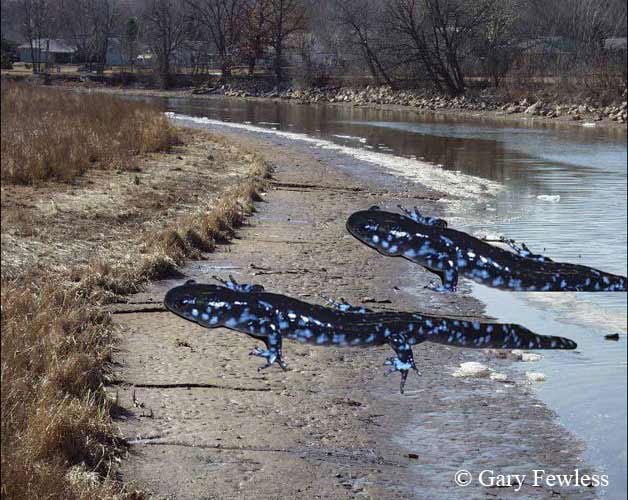Examples of animal gigantism, especially on islands, have long been recognized. Consider, for example, the Madagascar Hissing Cockroach, which is much larger than African mainland roaches. However, it was not until 1964 that a young biologist named J. Bristol Foster published a paper in Nature entitled “Evolution of Mammals on Islands” that explained the phenomena that is now referred to as Island or Insular Gigantism. Foster compared the sizes of island animals and their mainland relatives and surmised that islands contain fewer species than nearby mainland habitats and therefore will have fewer numbers of both predators and competitors. Under such conditions he argued, animals can grow to larger sizes. It is interesting that almost all examples of this evolutionary phenomenon are almost exclusively restricted to islands or other highly isolated habitats. So imagine our surprise when UW—Green Bay botanist and instructor Gary Fewless snapped this photo of an extremely large spider on the UW—Green Bay campus.

In recent decades other scientists have greatly improved our understanding into why animals on islands can grow so much larger. Large size provides a number of evolutionary advantages to species. Bigger animals can choose from a larger array of food items. Large predators can choose small or large prey. Bigger animals can produce more offspring and provide each with more food and better protect themselves and their offspring. It is not known whether this is an isolated individual or representative of a new population, perhaps associated with the Cat Island Chain restoration. NAS biology professor and spider expert Michael Draney noted that “Spiders often grow to larger sizes in urban areas thanks to favorable sites for building webs, especially near lights.” However he did add that “This individual is quite a bit larger than the average, though.” Draney, whose specialty are dwarf spiders, shook his head as he considered both the photo and his past advice to area arachnophobes. “Throughout my career,” he said, “I’ve tried to reassure people that spiders in Wisconsin are nothing to worry about. He looked apprehensively out his office window as he added, “All that has changed now.”
It is interesting to note that this is actually the second case of animal gigantism documented in northeastern Wisconsin. Several years ago Fewless, who never leaves his camera far out of reach, also captured the following image of large blue-spotted salamanders feeding on vegetation along the Fox River. When asked about his luck in spotting these unusual animals Fewless suggested that they might not be that out of the norm. “Well”, he said, “there has been an emphasis on growth in this area in recent years. Given our growth in other areas, these animals may not be as large as first thought. It may just be a matter of perspective.”

